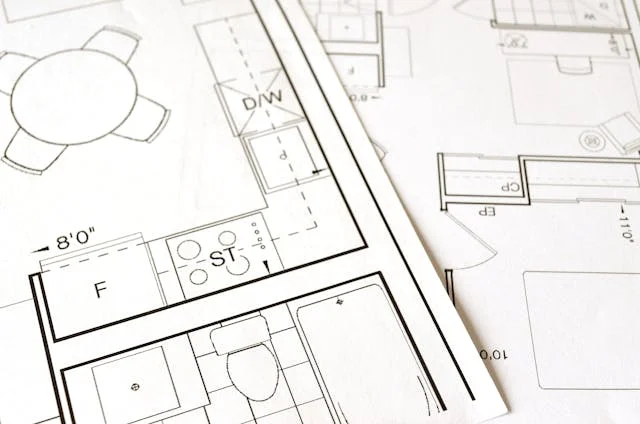The Technical Building Inspection (ITE) in Spain.

The Technical Building Inspection (ITE) is a mandatory procedure for buildings of a certain age, which may vary from one region to another. It involves assessing the state of conservation of older buildings, identifying deficiencies and proposing necessary renovation or maintenance works to ensure their safety and stability. It is the responsibility of the owner of the property or the community of owners to undertake such building works within the established timeframe. The ITE is one of the documents that may be required for the purchase or sale of a property.
What is the ITE?
The Technical Building Inspection is an evaluation that must be carried out once the building reaches a certain age, in order to guarantee its habitability and safety at all times. This ensures that the owner or owners of the building comply with their duty to renovate the building.
The reason why the ITE is reported is that all buildings can get damaged over time, compromising the conditions it offered just after its construction. Likewise, the aim is to monitor and control key aspects, such as structural stability, the state of the roofs, façades and installations, which are legally required to any building so that it can be enjoyed and inhabited normally and without any risk.
The basic regulation of the ITE is described in the Ley de Suelo y Rehabilitación Urbana de 2015. It is also specified in the different regional land laws and local decrees, which establish specific frameworks within the regional and local competences in urban planning.
When does a building need to pass the ITE?
Normally, a collective private building for residential use has to report an ITE before it reaches 50 years old. State Land Law leaves it up to autonomous communities and town councils to approve their own inspection deadlines.
Thus, as a result of this autonomous and local competence, there are shorter periods in many localities in terms of the date of the first inspection (passed 30 years in Madrid, 45 in Barcelona or 20 in Seville).
There are also cases in which the deadline for passing the first ITE is longer. For example, following Canary Islands Land Law, the ITE has to be reported once the building has reached 80 years old, but it is mandatory to have a review every 20 years. This formula has been copied by different local decrees in this autonomous community.
According to State Land Law, ITE report is also required to buildings whose owners intend to receive government funding with the aim of undertaking conservation, universal accessibility or energy efficiency construction works, prior to the formalization of the application for the funding.
It is important to bear in mind that failure to comply with the duty to complete this evaluation report in due time and form will be considered an urban planning infringement, with the nature and consequences attributed by the applicable regulations.
Who examines the building for the ITE report?
The ITE is a report issued by a competent technician, architect or quantity surveyor, endorsed by the Official Association and submitted to the regional authority.
Once this report is issued and the deficiencies detected in it have been amended, the autonomous community issues a Suitability Certificate for the building.
What does the technician examine in this inspection?
The ITE Report must identify the property (with its cadastral reference) and have the following minimum and detailed content:
- Evaluation of the state of conservation of the building (structure of the building, constructive elements such as railings or cornices, watertightness of roofs, state of drainage, plumbing and electricity...).
- Evaluation of basic conditions of universal accessibility and non-discrimination of people with disabilities for the access and use of the building.
- Certification of energy efficiency of the building.
Fines for not passing the ITE
Failure to comply with the duty to complete this evaluation report may cause fines and sanctions depending on what the local decree states, specially when the identified pathologies are serious and can be a risk for people’s safety.
Not issuing this inspection can pose significant risks for both the building's inhabitants and passers-by, with the consequent legal liabilities in the event of damage or accidents caused by defects that should be repaired.
What happens if the ITE is unfavorable?
An unfavorable ITE will result in a report that will point out the existing deficiencies, as well as the reforms that must be undertaken to guarantee the safety, accessibility and energy efficiency of the building.
The owners of the building will be the ones responsible for the necessary reforms, both financially and in terms of contracting.